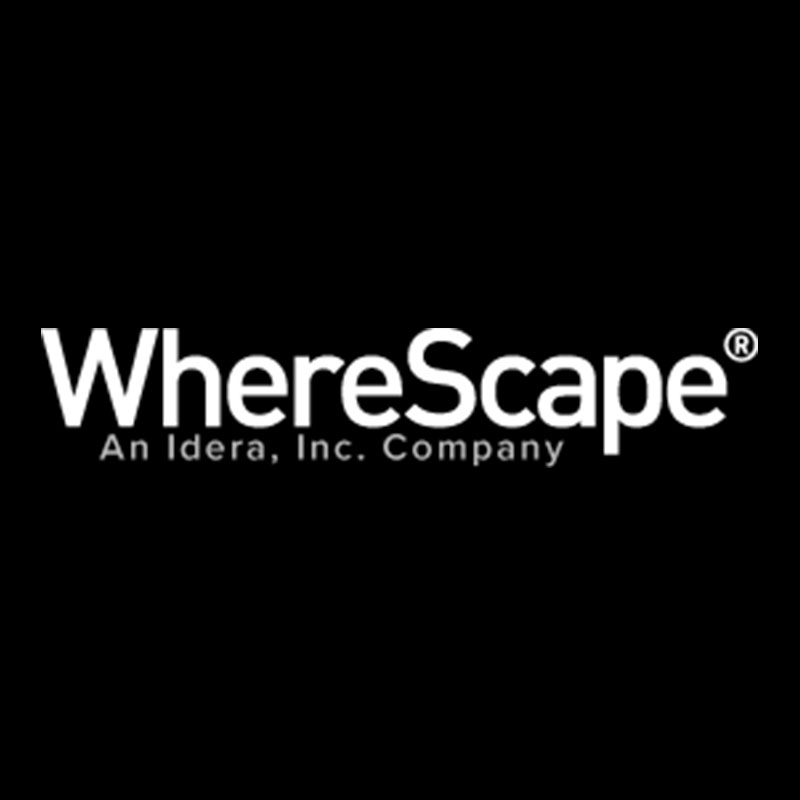WhereScape’s data warehouse automation software solves one of IT’s biggest problems: How do I build a data warehouse with efficiency, reduced risk, and long-term profitability?
Using automation, templates, and built-in intelligence, WhereScape increases architect and developer productivity, provides scalability with standards, and allows you to take control of your own data while fostering collaboration between IT and the business.
With comprehensive technical support spanning virtually every source, destination, and design methodology, WhereScape helps you design, develop, deploy, and operate your Data Vault (or any other data architecture) quickly and easily.
Build Raw Vault, Business Vault, and Star Schema in minutes and enjoy performance and quality improvements by reducing hand-offs, tool switching, and other pitfalls of handwritten or semi-automated development.
